An elimination diet is a process where you stop consuming certain ingredients and give your body a break for a period of time. At some point you’ll reintroduce a small amount of the ingredient and monitor your body’s reaction. It’s similar to a fasting type detox diet in that you abstain from consuming certain things except the idea is to try to figure out the cause of any health problems you may have.
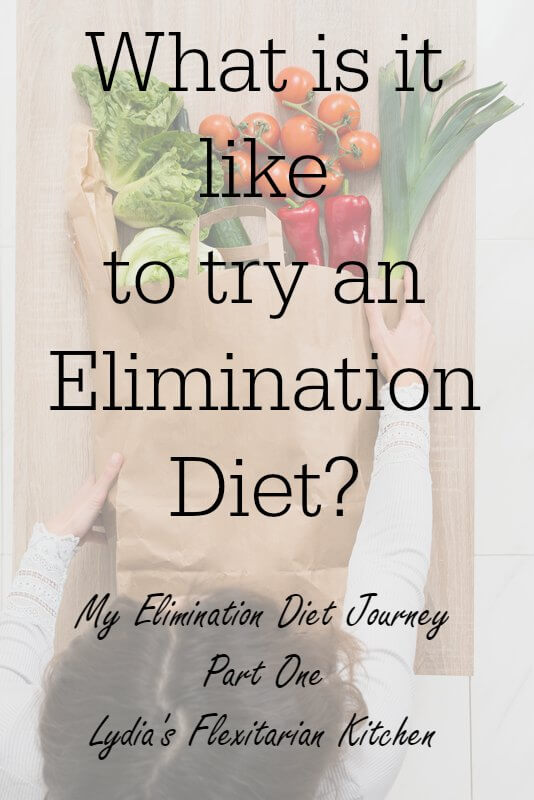
Address the Root Cause of Certain Health Issues
Years of periodic bouts of hives and eczema led me to try an elimination diet. First, I sought medical treatment when the eczema progressed to the point where I’d wake up scratching. My doctor’s solution was to prescribe a steroid cream for the lesions on my hands (which worked, but the lesions came back to a lesser extent). The hives were dismissed as “one of those things.” I was told to take antihistamines daily as a preventative measure. Needless to say, these were not satisfactory responses for me. They treated the symptoms, but didn’t address the root cause. Fortunately, there’s a lot of information on the internet about various skin conditions and their treatment. After sifting through the “snake-oil” sites and weeding through the low information sites I started to see an elimination diet recommended for a variety of ailments like allergic rhinitis (runny nose) to gastric upset to anxiety and depression to joint pain to hives.
Now, before we go any further, let me emphasize that while I used to work as a biologist, I’m not an expert in nutrition or medicine. You should have a general sense of whether your health status can tolerate being challenged, but if you’re unsure check with your healthcare provider. What I’m going to describe is a course of action I’ve chosen to undertake after much research and thought. If you’re interested in trying an Elimination Diet for yourself please do your homework. I hope the information I give you is helpful in forming your own opinion.
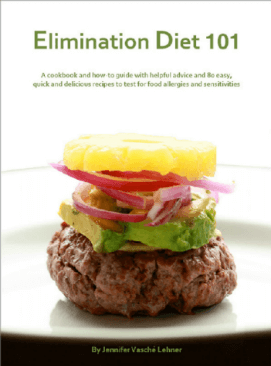 There are several approaches to following an elimination diet. I chose a very restrictive one where you avoid common food allergens for a period of time and reintroduce them one at a time, making note of any ill effects. This is the approach recommended in the book Elimination Diet 101 (affiliate link) by Jennifer Vasche Lehner. A diet this restrictive pretty much eliminates any processed food and means you’ll have to do your own cooking for a couple weeks, but don’t let that put you off. You find several resources in this post to help you.
There are several approaches to following an elimination diet. I chose a very restrictive one where you avoid common food allergens for a period of time and reintroduce them one at a time, making note of any ill effects. This is the approach recommended in the book Elimination Diet 101 (affiliate link) by Jennifer Vasche Lehner. A diet this restrictive pretty much eliminates any processed food and means you’ll have to do your own cooking for a couple weeks, but don’t let that put you off. You find several resources in this post to help you.
There are plenty of delicious recipes using whole ingredients in Elimination Diet 101. I also have a several Pinterest boards dedicated to certain ways of eating (gluten free, paleo, vegan, etc) which you may find helpful.
Which Food Groups Are Affecting You?
There are many common foods known to cause allergies, not to mention chemical additives like colorings, flavoring agents and preservatives. The process outlined in Elimination Diet 101 is intended to help rule out intolerances to particular foods, but a similar process would be used for additives.

When preparing your menus keep in mind you’ll want to avoid some or all of these common food items known to cause allergies, intolerances and sensitivities:
- citrus fruits (oranges, grapefruits, lemons, tangerines, etc)
- corn (corn flour, corn oil, high fructose corn syrup, corn on the cob, etc)
- soy (soy flour, tofu, tempeh, soy “meats” and “cheeses”, soybean oil, etc. Some form of corn or soy is found in just about every processed food you’re likely to come across.
- gluten containing grains (wheat, rye, barley, spelt, some oats)
- eggs and egg whites
- dairy (milk, cheese, yogurt, butter)
- processed meats (lunch meat, bacon, ham, other cured meats)
- onions, garlic, leeks, chives (widely used in seasoning)
- nightshade vegetables (tomatoes, eggplant, peppers, potatoes and spice blends containing cayenne or paprika)
- chocolate
- caffeine
- processed sugars and artificial sweeteners
- nuts and seeds (nut butters, nut milks). Almond milk and almond butter are exceptions
- alcoholic beverages made from the above listed items
Think of it as an experiment
If you’ve followed a low carb diet before you’ll recognize many of these items are not allowed during the induction phase. I admit being put off by the idea of eliminating eggs and dairy, but once I realized I ate one or both of those items every day I accepted the fact that one or both of them may be the cause of my symptoms and decided to suck it up. After I got my head around the idea and started looking at the diet as an experiment or a challenge, it became fun to me.
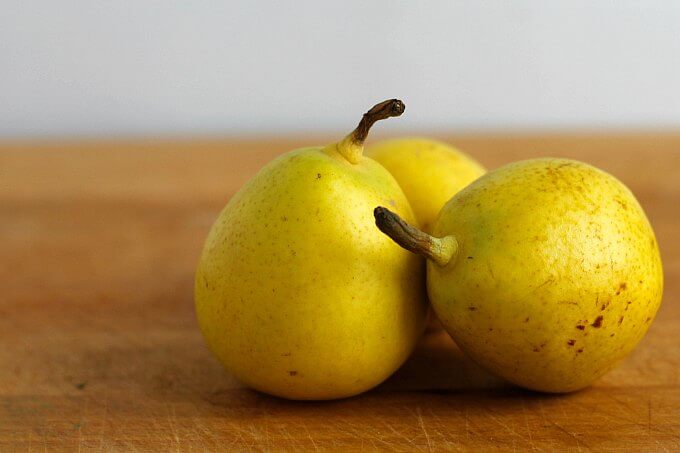
Yes, “The List” is daunting, but you can certainly customize it suit your needs. For example, I only eliminated peanuts from the nuts and seed category. Someone else might want to eliminate all kinds of beans in addition to soy. Think about the kinds of things you eat all the time, and the things you find yourself craving. Those are you most likely culprits for elimination.
I chose to eat beans, which are a huge part of a flexitarian’s diet. Some sort of soup or beans and rice were my go to meals for the first week. Did you know lentils and yams go really well together? Me either until I was forced to be creative with the allowable foods. And there are plenty of things to eat! Don’t let “The List” put you off. You can still have a nice steak (check the label for your favorite steak sauce though). You can still have rice and almost every vegetable. If you’ve been wondering about quinoa, now’s your chance to try it. Your choices will increase as you reintroduce various foods, and there’s a comprehensive list in Elimination Diet 101 if you have a question about a particular item.
Advice for Managing the Elimination Phase
While there’s plenty to eat, I’m not going to lie and say you won’t be hungry for bread. Or thirsty for a cold beer. It was three weeks before I stopped longing for something crunchy like chips. The first couple days can be rough. You may have a headache, stomach upset, feelings of fatigue and irritability. I got a few pimples (imagine a 50 year old with a zit!) and a small canker in my mouth. These are normal reactions to your body adjusting to your new way of eating.
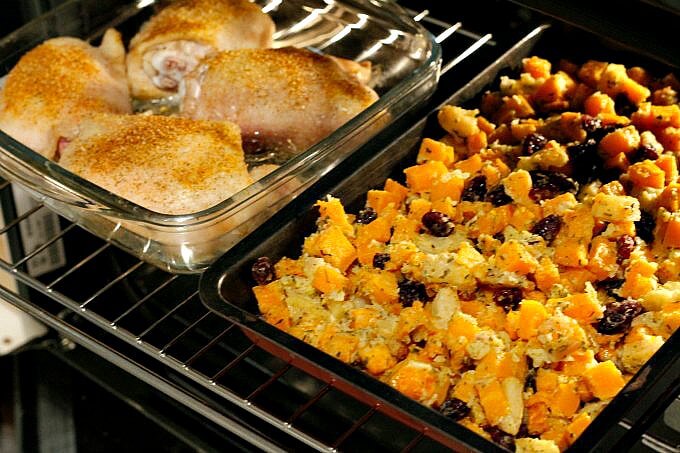
Here’s what I did to help myself through this part of the journey:
- Keep a journal to record what you’ve eaten and your body’s reaction. You may also want to track your weight and measurements.
- Drink lots of herbal tea and water. I chose a nettle/hibiscus tea because it’s slightly sweet and it supposedly works as a tonic to clear your kidneys from toxins. To help get your juices flowing, try a roasted dandelion root tea. It’s an acquired taste, but if you’re a coffee drinker you’ll probably like the bitter, nutty flavor. It’s grown on me and I can’t stand to drink coffee.
- Take a fiber supplement. Your body is going to go through some changes and you may experience constipation. If you’re addicted to a particular food you’ll go through withdrawal and a detoxification process. You want to get all of that “stuff” out as soon as possible.
- Have carrot and celery sticks with hummus on hand for when the munchies strike. Sliced apples and bananas are also good choices. Plain rice cakes with almond butter or avocado slices will help stave off hunger too. Think about what other kinds of things you could eat for snacks and make sure you have them available. Trust me, it will be very difficult to find these items in a convenience store.
- Make a large pot of chicken soup loaded with approved vegetables to have for lunches the first week. Take a stash of snacky foods to work with you.
- Light exercise like walking and easy yoga or stretching will help reduce any stress you may be feeling.
- Remember, this too shall pass.
I had a headache, heartburn and runny nose the first couple days. The fifth day a lot of toxic stuff was “eliminated” if you catch my drift. By the end of the week I was no longer recording the headaches or heartburn and I was pleased to see I’d lost 5 pounds. (Weight loss has become increasingly difficult for me as I’ve gotten older, you might have even better results). By the end of the second week I’d lost 7 pounds and felt good enough to begin reintroducing some foods.
Reintroducing Foods
The reintroduction plan for Elimination Diet 101 involves listing the foods in order from least likely to most likely to cause a reaction and reintroduce them in the same order. Once you reintroduce a food, wait a couple days to make sure you don’t have a reaction, then continue with the next food. You can customize for your own situation. A calendar is very useful in making a plan that will work for you. In my case, I began with the onion family and nightshade vegetables. I was intrigued to find raw green pepper gave me some heartburn, but cooked peppers did not. I made a nice tomato soup on tomato day and was relieved to have no reaction to them. Reintroducing those two groups really increased the types of food available for me to eat.
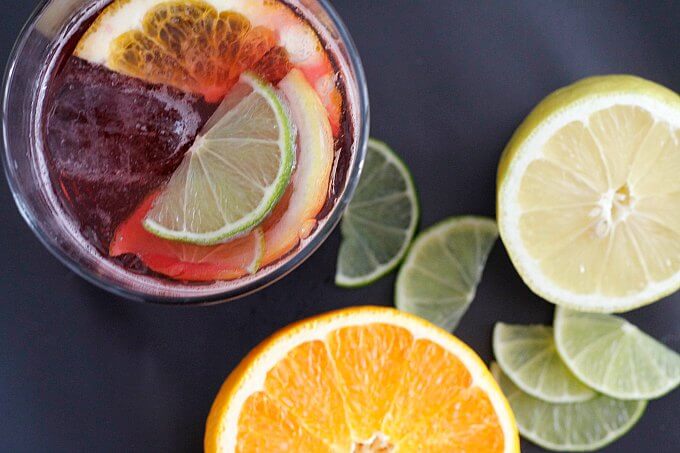
Eggs, dairy, soy and wheat (gluten) were the last things I tested. It took six weeks to work my way through the entire list.
We had corn on the cob for a cookout but I hadn’t reintroduced dairy yet. Coconut oil works very well as a butter replacement for corn, I’m pleased to report, but I did notice some congestion after eating the corn on the cob.
I had a couple rebellious days where I really wanted bread (the rice cakes and rice crackers were no longer satisfying) and ended up having to get really creative. I made bedan pusa, a type of fritter made from chickpea flour that’s gluten, dairy and egg free. I’ve since come across some really interesting vegan recipes that have become part of my regular meal rotation because they taste really good!
Most surprising was “egg day.” I had denied myself eggs for a month and when I finally had some, I found I could take ’em or leave ’em. I also experienced some hives that night when I undressed, which was very similar to what I had been experiencing before.
After the six weeks of the elimination diet, I’d identified a couple things which caused a reaction: orange juice, raw bell pepper, corn, peanuts and eggs. In addition, when I eat a lot of refined sugar or simple carbs I notice my fingers start itching.
If you have any questions, use the comments and I’ll do my best to answer.

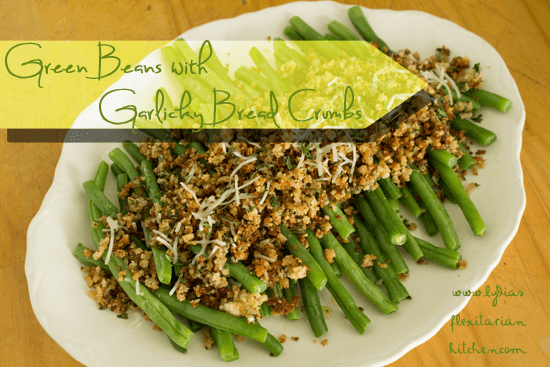
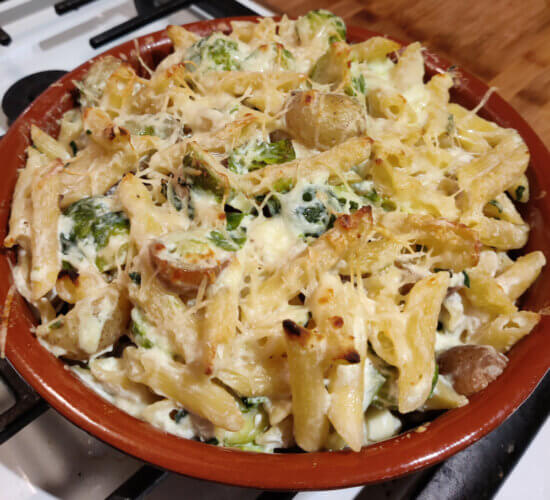
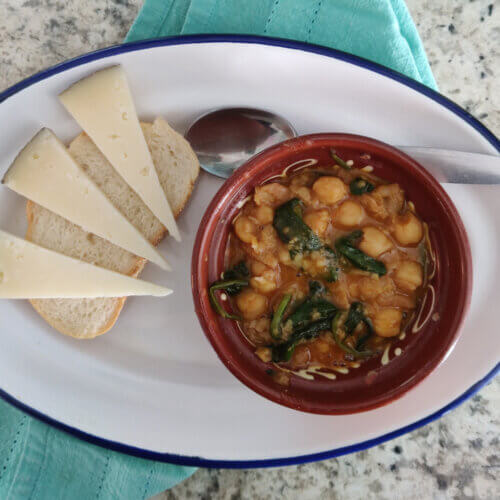
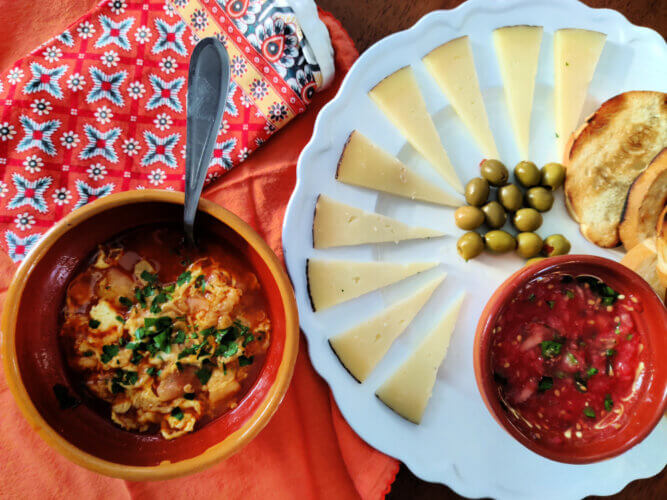
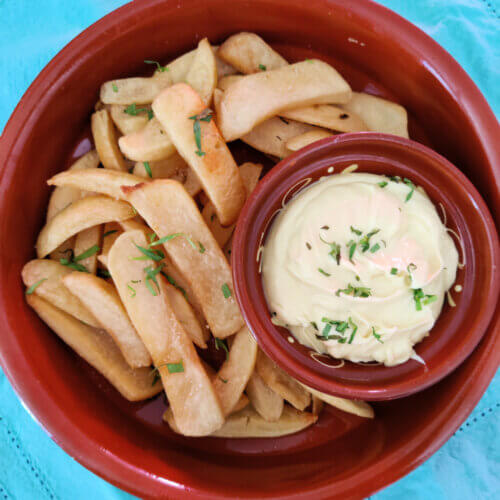
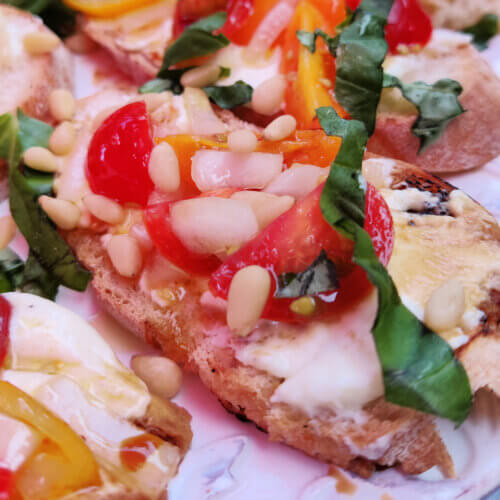
I find this topic so interesting. I have family members use this method for health issues and have great success! Thank you for linking to our first Blog Strut Peacock Style link party last Thursday! We hope you will stop by this Thursday after 5pm pst again to post your latest. http://wp.me/P2Vf55-1K
Thank you! I was happy to participate in your inaugural hop 🙂
I’ve never had to go through an elimination diet- although I came close to trying one when my son was a gassy nursing newborn. I have broken the diet soda addiction too, and let me tell ya that was horrific. NEVER again will I drink one! It really sounds like your hard work is paying off and that you’re feeling better !
At one time I lost a lot of weight by switching from regular soda to diet soda. Little did I know…
I’m not drinking any kind of fizzy drink right now. Thanks for taking the time to read my post 🙂
Congratulations on your health journey! An elimination diet can be quite a challenge for people to follow through on, but it is definitely well worth it to know what your food sensitivities and intolerances are.
Very well written description of the elimination diet!
Dropping by from #SITS sharefest linky – great blog!
Thank you. I’m glad to have some answers. Now it’s a matter of adjusting to my new knowledge. Glad you were able to drop by!
Hi sounds like something that would be helpful to me, but how do i start? I will keep exploring this option. Thanks for sharing.
Hi Mary. I found the book Elimination Diet 101 to be very helpful. She outlines how to set things in motion and offers a variety of recipes to show you how to eat (that’s an affiliate link, btw. There’s a Facebook page for the book, too). I’ve been on a low carb diet before so the idea of an elimination phase wasn’t too foreign to me. You don’t have to eliminate everything if you only suspect a few things are causing you trouble. Once I made up my mind to do it, I told my family what was going to happen and did it. Anyone who didn’t care for the food I prepared had to provide for themselves (I’m mean like that, lol). Fortunately there’s an abundance of fresh vegetables right now, otherwise I think I would have had more difficulty. I hope you find a good solution for you 🙂
This is a great post, and I’m glad you kept it real too. I can totally see where craving days (your bread challenge) could come into play! I am sure it feels better eating healthier consistently. I always feel better when I’m eating right.
Visiting today from the Peacock Strut hop.
Thanks, Rosey. I do feel better. Once I’m through the reintroduction phase I’ll have some decisions to make. 🙂
i know this is not going to be easy as you’re going to have some changes in your eating pattern. But with determination you’ll pass this. Good luck!
Thank you very much! Have a great week 🙂
These are some GREAT tips!! 🙂
Thanks for joining the Link Up this week!
Thanks, Jess. I hope they’re helpful to someone. 🙂
I would love for you to share and link up at my weekly TGIF Link Party if you haven’t already this week. Your favorite posts, most popular, recent or new! The party is open every Thursday night and closes Wednesday’s at midnight. Followed by (Not SO) Wordless Wednesday! http://apeekintomyparadise.blogspot.com/. I would be honored if you join us! Have a wonderful week!
Hugs, Cathy
Thank you! I’m behind on link ups this week…